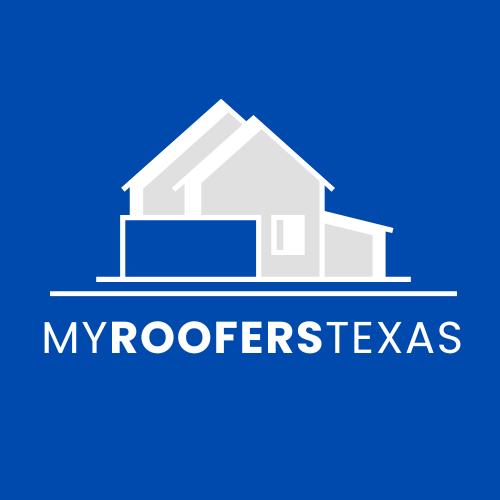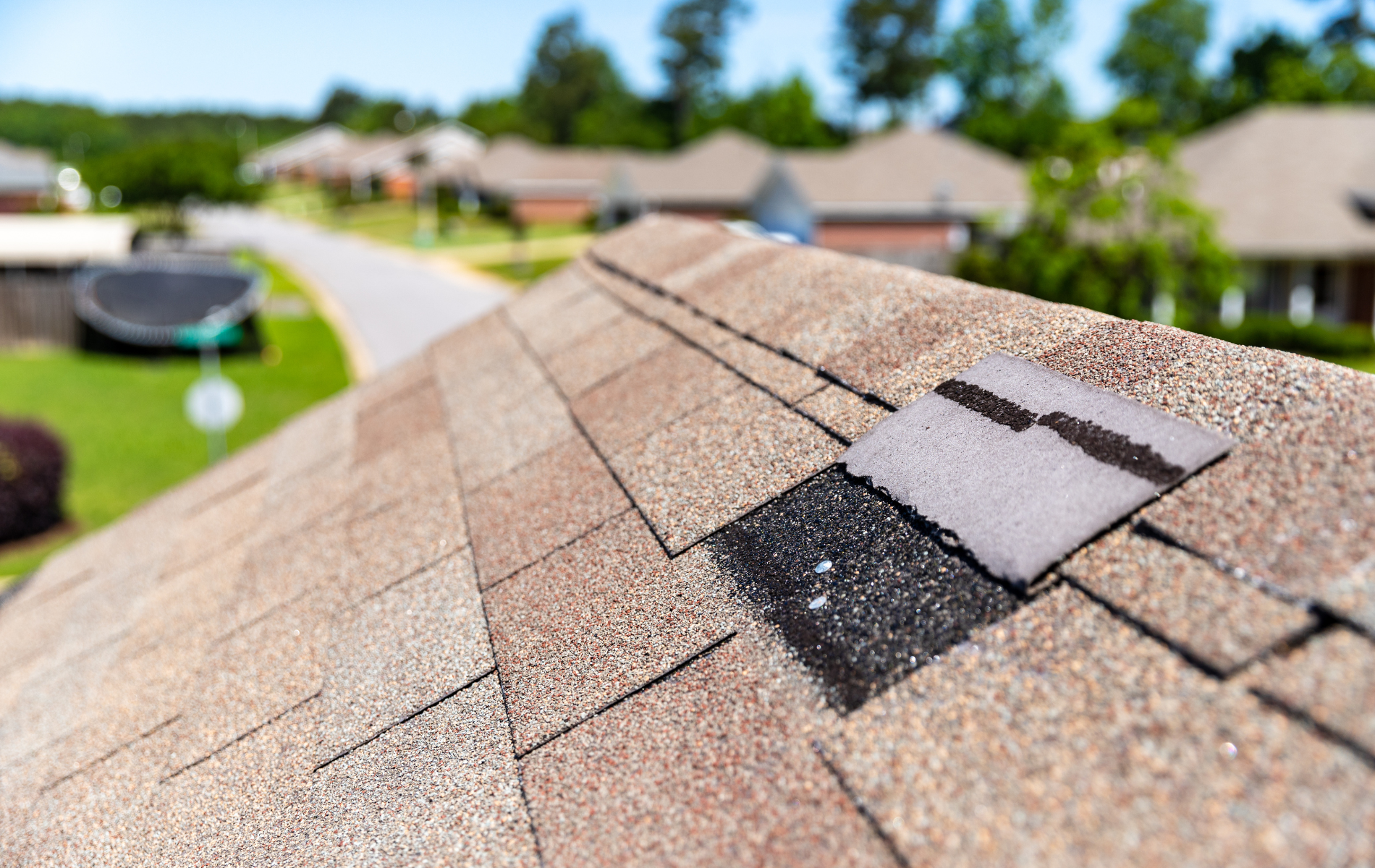
Roof Leaks and How to Fix Them in Dallas, TX
What to Do about Roof Leaks in Dallas, Texas
If you’ve lived in Dallas for any length of time, you already know our weather doesn’t exactly play nice with roofs. One day it’s a sunny 80 degrees, the next a surprise hailstorm rolls through Oak Cliff or Lakewood. And somewhere between that sudden downpour and our scorching summer sun, your roof takes a beating. So when a leak shows up, whether it’s a dark water stain on your ceiling or an actual drip-drip in the attic, it’s not just annoying, it’s a sign that your home’s first line of defense needs attention.
Let’s talk honestly about roof leaks in Dallas. Because there’s a lot of half-truths out there. People will tell you it’s just a minor fix or something you can patch up yourself with a little caulk. But the truth is, roof leaks can be deceptively simple on the surface while hiding much bigger problems underneath. Knowing what’s really going on, and how to fix it properly, is the key to saving yourself time, money and a whole lot of stress down the road.
What Causes Roof Leaks in Dallas?
First, let’s get into why roofs leak in the first place, especially here in North Texas. The weather here is tough on roofing materials. Our spring storm season is notorious for high winds, heavy rain, and hailstones the size of golf balls. Even if your roof looks fine from the ground, a storm can crack shingles or damage flashing without you realizing it until water starts making its way inside.
Then there’s the summer heat. Dallas gets brutally hot in July and August, with temperatures routinely soaring over 100 degrees. All that heat causes roofing materials to expand and contract constantly, especially if the attic isn’t well ventilated. Over time, this thermal stress can create cracks, warp shingles, and break seals around vents, chimneys, or skylights.
Aging roofs are another big factor. Most asphalt shingle roofs in Dallas last about 15 to 20 years, depending on the quality of materials and installation. Once your roof gets up there in age, especially past the 15-year mark, it’s far more likely to develop leaks, even in calm weather. Small cracks, loose nails, or dried-out flashing might not seem like a big deal, but water finds the tiniest gaps and exploits them.
The Real Problem with Leaks: It’s Not Just the Water
A roof leak isn’t just about the visible water. Sure, that brown spot on your ceiling is concerning, but it’s really the damage you can’t see that should worry you. In a lot of homes around Dallas, especially older ones in neighborhoods like Lake Highlands or Kessler Park, small leaks go unnoticed for months.
Meanwhile, moisture is seeping into the attic insulation, soaking the wood decking, and creeping down walls. Eventually, that turns into mold, wood rot, and even electrical hazards if the water reaches wiring. That’s why leak repair isn’t something to put off or take lightly. Even a tiny leak can lead to thousands of dollars in structural damage if it’s left alone for too long.
How to Spot a Roof Leak Early
A lot of homeowners don’t even realize they have a leak until it’s already done damage. That’s because not all leaks show up as obvious dripping water. Some signs are more subtle.
In Dallas, it’s a good idea to check your ceiling and attic after major storms. Look for discoloration, musty smells, or any signs of damp insulation. Pay close attention to areas around skylights, chimneys, and roof valleys. These are common leak zones. If you see shingle granules in your gutters or notice pieces of shingles in your yard after a storm, it’s time to get someone on the roof for a closer look.
Another tip: check your utility bills. If your electric bill suddenly jumps in summer and your A/C is working overtime, it might be because moisture is ruining your attic insulation. This makes it harder to keep your home cool.
Should You DIY or Call a Pro?
It’s tempting to try and handle a roof leak yourself, especially with all of the YouTube tutorials out there. And sure, if it’s something like resealing a vent pipe or replacing a shingle or two, a handy homeowner might be able to manage. But more often than not, roof leaks are symptoms of deeper problems. What looks like a leak at the chimney could actually be a ventilation issue that’s causing condensation. A stained ceiling might stem from water pooling higher up the roof, not directly above the spot you see inside.
Roofing in Dallas isn’t a one-size-fits-all job either. We have a lot of variation in roof types here, composite shingles in suburbs like Plano or Garland, tile roofs in parts of Uptown, and even metal roofs out in the more rural areas near Cedar Hill. Each of these materials has its own quirks, and the wrong fix can void warranties or even make things worse.
That’s why it’s usually smarter to get a qualified roofing contractor involved. Look for someone local who knows the unique weather challenges of North Texas and has experience working on homes in your area. A good roofer will inspect not just the leak site but the surrounding roof, attic ventilation, flashing, and gutters. They’ll also be able to tell you whether you’re dealing with a minor repair or something that signals your roof is nearing the end of its lifespan.
What a Proper Leak Repair Looks Like
Let’s say you do have a leak. What does a proper repair actually involve? First, there’s inspection. A roofer will identify where the leak starts, not just where the water shows up. That might mean getting into the attic, using moisture meters, or even thermal imaging to trace water paths.
Next comes the repair itself. This could be as simple as replacing some shingles and resealing flashing. But if the water has soaked the underlayment or rotted the roof decking, those materials need to be replaced too.
The worst thing you can do is patch over a wet or damaged area without fixing the root cause. It’s like putting a band-aid on a deep wound. It might hide the problem temporarily, but it won’t stop it from getting worse. After the repair, a reputable roofer should offer a workmanship warranty. And they should walk you through what they did, show you before-and-after photos, and help you understand how to prevent future issues.
Prevention Is Cheaper Than Repair
Here’s something most Dallas homeowners learn the hard way: preventative maintenance is way more affordable than emergency repairs. Having your roof inspected once or twice a year, ideally before and after storm season, can catch small problems early. Cleaning your gutters regularly helps too.
When gutters clog up (especially with all those live oak leaves), water backs up onto the roof, and that can cause leaks even if your shingles are fine. Also, make sure your attic has proper ventilation. An overheated attic in a Dallas summer is bad news for your shingles and can shorten the life of your entire roof.
If your roof is getting up there in age, say 15 years or more, it’s worth getting a professional inspection even if you don’t see any signs of leaks yet. A few hundred bucks on a roof checkup now can save you thousands in repairs or mold remediation down the line.
Don’t Wait for the Drip
Roof leaks are never convenient. But in Dallas, where the weather swings between extremes, they’re almost inevitable at some point in your homeownership journey. The good news is, with the right knowledge and the right help, they’re completely manageable.
The key is not to wait. If you think something might be wrong, trust your gut. Water is sneaky, and the longer it has to travel unseen, the more damage it can do. Whether you’re in a historic home in Bishop Arts or a newer build out in Frisco, a roof leak should always be taken seriously.
So if you spot a stain, hear a drip, or just went through another wild Texas storm, take the time to investigate, or better yet, bring in someone who can. Your roof is your home’s first line of defense. Treat it well, and it’ll protect you for years to come.
You might also like




